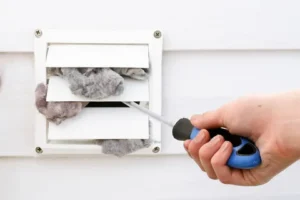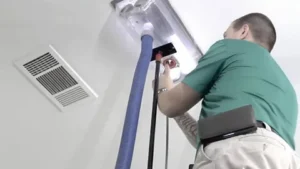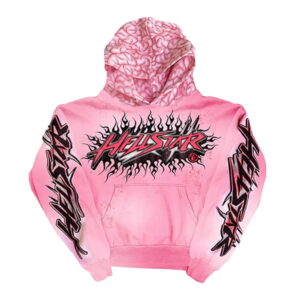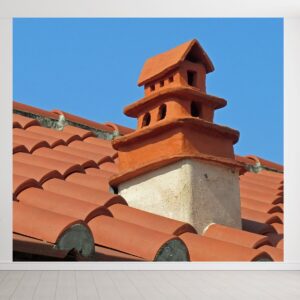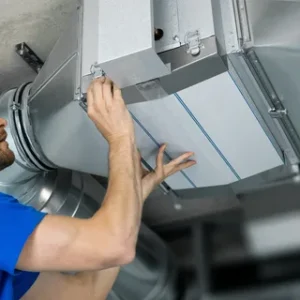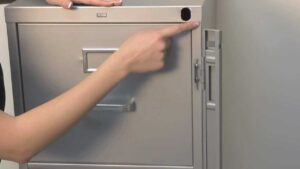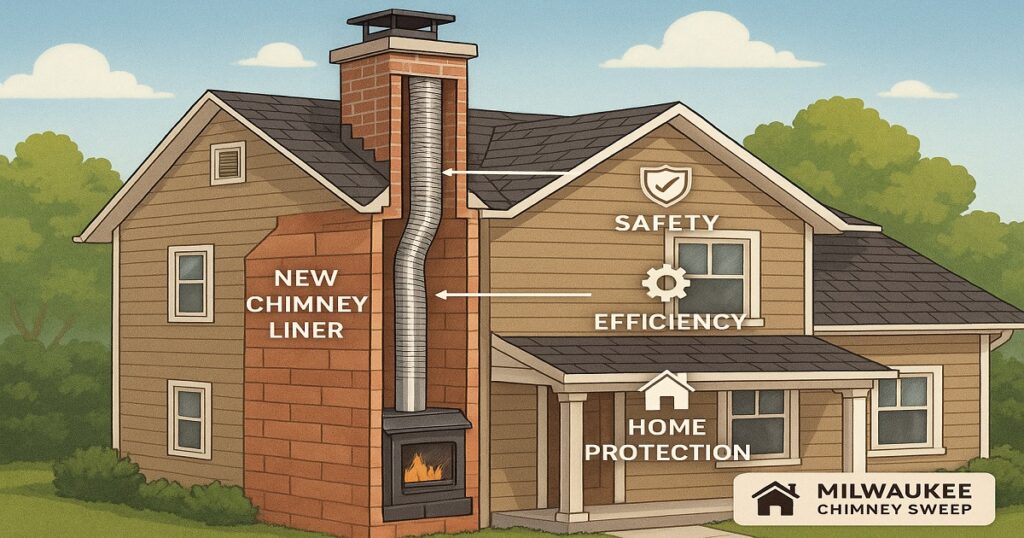
Milwaukee Chimney Sweep
If you live in Milwaukee, you’re probably no stranger to chilly winters and the comforting crackle of a fireplace. But behind those cozy moments, there’s a whole system working to keep your home safe from unexpected dangers. One of the unsung heroes in this setup is the chimney liner. While it’s mostly out of sight, it plays a huge role in making sure that your home stays protected from fire hazards. Let’s pull back the curtain and see how this simple addition can make a world of difference.
“A warm home is a joy, but safety is the true comfort. Your chimney liner is the silent guardian keeping your peace of mind intact.”
Key Features: Small Part, Big Impact
When you hear “chimney liner,” you might picture something fancy, but it’s really just a special tube or layer that lines the inside of your chimney. Think of it like a protective sleeve that shields the walls from the intense heat and smoke that comes with burning wood or using a furnace. Here’s what makes it so important:
- Barrier to Heat: The liner keeps the fiery temperatures away from the bricks and mortar, which can crack or crumble when exposed directly to heat.
- Directs Smoke Upward: Instead of letting smoke seep through cracks, the liner channels it safely outside, so your air stays clean.
- Protects Against Corrosion: Acidic byproducts from burning fuel can eat away at your chimney. The liner acts like a shield to stop this damage.
- Fits Any Chimney: Liners come in different materials—clay, metal, or even flexible liners—making them suitable for almost any setup, whether your home is historic or brand new.
| Feature | Benefit |
|---|---|
| Heat Barrier | Prevents chimney walls from overheating and cracking |
| Smoke Channeling | Directs smoke and gases safely outdoors |
| Corrosion Protection | Stops acidic fumes from damaging masonry |
| Custom Fit | Works with old and modern chimneys alike |
Safety: The Hidden Defender Against Fires
Fires caused by chimneys aren’t just old wives’ tales—they happen more often than you might think, especially in places like Milwaukee where fireplaces and wood stoves see heavy use. A chimney liner acts like a sturdy guardrail, keeping flames and hot gases from sneaking into your home’s structure. Without this defender, heat can slip through cracks and ignite the wooden beams or insulation that sit close to the chimney.
Another often-overlooked danger is a buildup called creosote—a sticky, flammable residue left behind by burning wood. Liners make cleaning easier and reduce the spots where creosote can collect, lowering the odds of a chimney fire. In short, a good liner keeps the dangerous stuff where it belongs: safely inside the chimney and far away from anything that could catch fire.
Cost: An Investment That Pays Off
At first glance, installing or replacing a chimney liner might seem like a hit to your wallet. But if you weigh that cost against the price of repairing fire damage—or even worse, losing treasured possessions—the math starts to make sense. Liners can last for decades if cared for properly, and they might even help your home insurance rates if you show you’re serious about fire safety.
Here’s a quick breakdown of what you might expect:
- Initial Cost: The price varies depending on the size of your chimney and the material you choose, but it’s a one-time investment for long-term safety.
- Maintenance Savings: A liner reduces the need for major repairs, since it protects the inner walls from damage.
- Insurance Perks: Some companies offer discounts for homes with up-to-date chimney safety features.
Emergency Service: Peace of Mind When You Need It Most
Even with the best setups, emergencies can happen—especially if you’ve inherited an older home in Milwaukee where the chimney’s history is a bit of a mystery. If you notice smoke in odd places, strange odors, or hear crackling where there shouldn’t be, it’s time to call in the pros. Many local chimney experts offer 24/7 emergency services just for these situations.
They can quickly check for blockages, cracks, or damage to your liner, and make repairs before things escalate. Having a liner in good shape means most emergencies can be caught and fixed before any real harm is done. So, knowing who to call and having a well-maintained liner is a double layer of security for your home and family.
FAQs
Q: How often should I check or clean my chimney liner?
In Milwaukee, with our busy winters, it’s smart to get your chimney checked and cleaned at least once a year—preferably before the cold sets in.
Q: Can I install a chimney liner myself?
While some handy folks might be tempted, it’s best to let professionals handle it. That way, you know it’s done right and meets all safety codes.
Q: What are the signs that my liner needs replacing?
Watch out for pieces of tile or metal in your fireplace, odd smells, or smoke leaking from places it shouldn’t. These usually mean your liner needs attention.
Q: Are there different types of liners?
Yes! You’ll find clay, metal, and flexible liners. The best choice depends on your fireplace or furnace and the age of your chimney.
Conclusion: The Chimney Liner—A Milwaukee Must-Have
In the heart of Milwaukee, where winter nights invite us to gather around the fire, a chimney liner is more than just a technical requirement—it’s a quiet protector of everything you hold dear. It keeps fires where they belong, blocks out dangerous fumes, and saves you from unexpected repair bills or worse. So, if you haven’t thought about your chimney liner in a while, now might be the perfect time to give it the attention it deserves. In the end, a little prevention goes a long way toward keeping your home safe, warm, and worry-free.
Read More: Milwaukee Chimney Sweep
